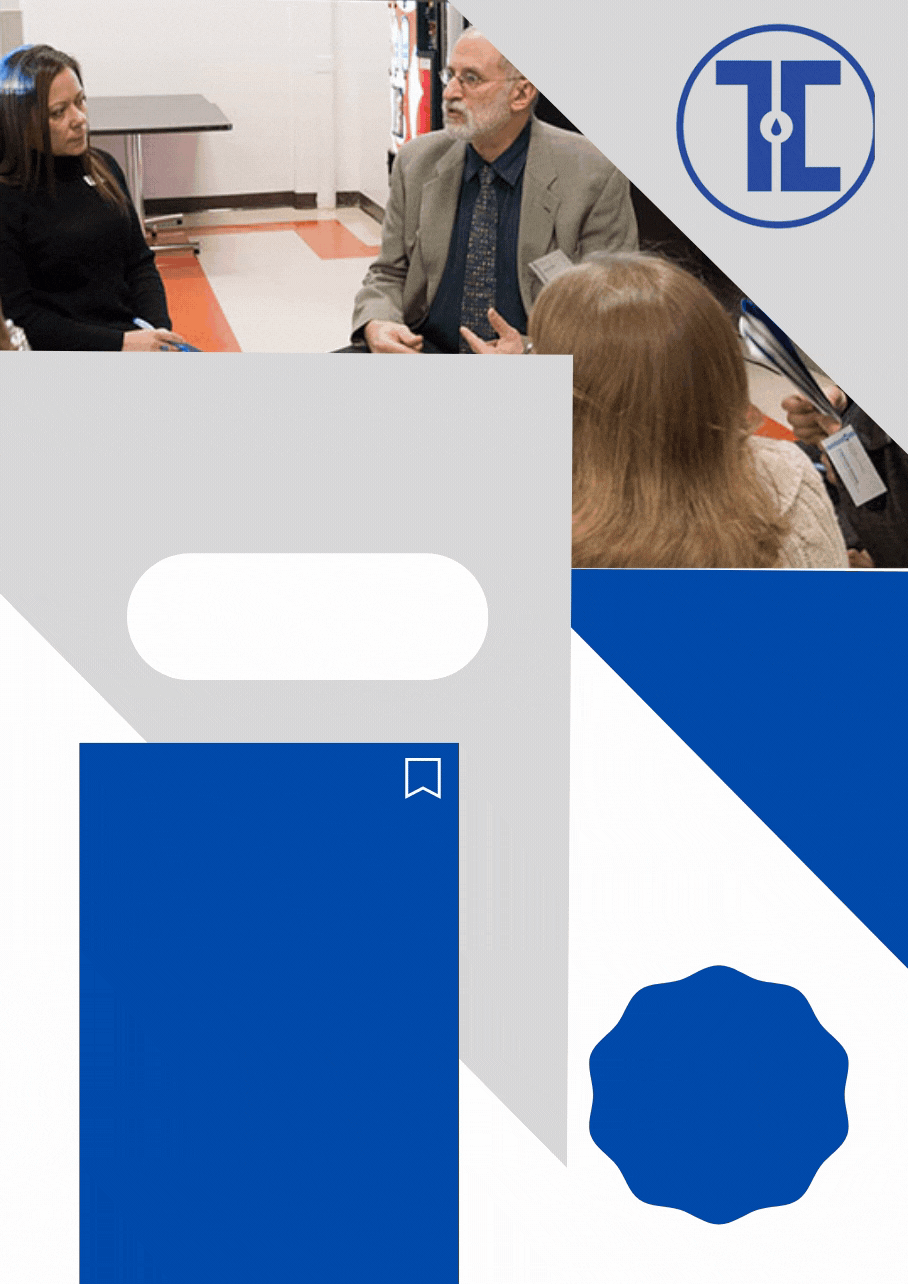
What Does it Mean to Be a Product Designer—and How Can I Get Hired?
UX Designer Mark Jones on what a Product Designer does, and how to land a job in this competitive field during a global pandemic.By Elizabeth Nelson
Touro Graduate School of Technology is thrilled to welcome Mark Jones, senior UX designer and consultant based in the United Kingdom, as a guest lecturer at the latest installment of their professional development workshop series on November 4, 2020.
In the webinar, which is open to the public and free to attend via Zoom, Jones will discuss the ins and outs of UX and Product Design, how designers see projects holistically and not just as features, and how Product Designers can have ownership of a project from inception all the way through the development cycle.
Here, he offers his thoughts on what exactly it means to be a Product Designer, what a Product Designer does on a day-to-day basis, how Covid-19 has changed the landscape of the field, and how to land a job in UX during a global pandemic.
TechSpec: Tell us a little bit about your background, and how you came to work in UX/UI.
Mark Jones: My initial route into UX came from technology; I was working in web development, managing projects, and then kind of realized I was doing user experience design. At that point, I started my consultancy—that was about 10 years ago. Since then, I’ve worked for some large companies and lots of different startups, too many to mention. It’s something I’ve loved doing, delving into the industry as it grows, really staying on top of different trends in the field, and the cycles it goes through.
TS: What does it mean to be a Product Designer in this day and age?
MJ: I think there’s a lot of ambiguity in this role, and even about what the term itself means. There’s a big crossover between UX design and product design, and a lot of companies don’t necessarily know the difference. There’s a big wave of companies that are transitioning from hiring UX Designers to seeking out Product Designers—but the job descriptions remain the same. For larger companies, however, there really is a difference between what a UX Designer does and what a Product Designer does. One of the things I’ll discuss in the webinar is the difference between these roles, exactly what a Product Designer does, and how to articulate that to a hiring manager.
TS: So, people will have to tune in to find out more! Let’s talk about the big thing on many people’s minds right now, which is how Covid-19 is impacting the field.
MJ: Overwhelmingly, it’s just the volume of jobs falling off. In the UK, junior positions are down 73 percent, and that’s only amplified in the United States. We’re seeing a steady demand of designers coming up in an industry that was flourishing, so we’ve got a highly competitive market, with 100-plus people vying for the same role, which is not something they’ve had to do before, because there was such a boom and influx of jobs prior to the pandemic, and now all of a sudden they’re gone—at least temporarily.
TS: So, what can aspiring Product Designers do to stand out?
MJ: If everyone has come out of college, or university, or boot camps—whatever it might be—then they’re all pitched at the same level, on this bottom rung of the ladder. It’s really important to look at what they can do as individuals, having that “wow” factor and a level of knowledge that puts them on a higher plane than their peers. What I like to do is teach people a certain way of articulating their case studies and portfolios, to show maturity and discipline in addition to a strong skill set.
TS: Can you speak to the benefits of studying design at a university level, rather than, say, completing a boot camp?
MJ: Obviously, there’s a price of entry into this fantastic industry, and if you’re not graduating from a college program, it makes your life harder—you’re starting on the back foot. Getting a formal education, like the graduate degree Touro offers, puts you ahead of the game. It’s much easier to get put in the “yes” pile and get that second interview, because you’ll have a level of insight into the methodology that you might not necessarily have otherwise. I always encourage the idea of constant enrichment and learning. There’s so much value in good teachers and a good college.
TS: What do you see going forward for UX and Product Designers? Is there a light at the end of the tunnel, as far as the slowdown in hiring due to Covid-19?
MJ: We’re in the middle of a huge cultural shift, and we’re only scratching the surface. But there’s a massive need for UX design, and it’s not going to slow down. We need people with this skill set, and that need is not going away. The pandemic is just a blip, a bump in the road. The next 10-20 years are going to be booming for UX Designers and Product Designers.
Want to explore more?
Check out the recordings from our professional development workshops
or sign up for a future workshop by clicking HERE,
or sign up for our next online information session by clicking HERE.













